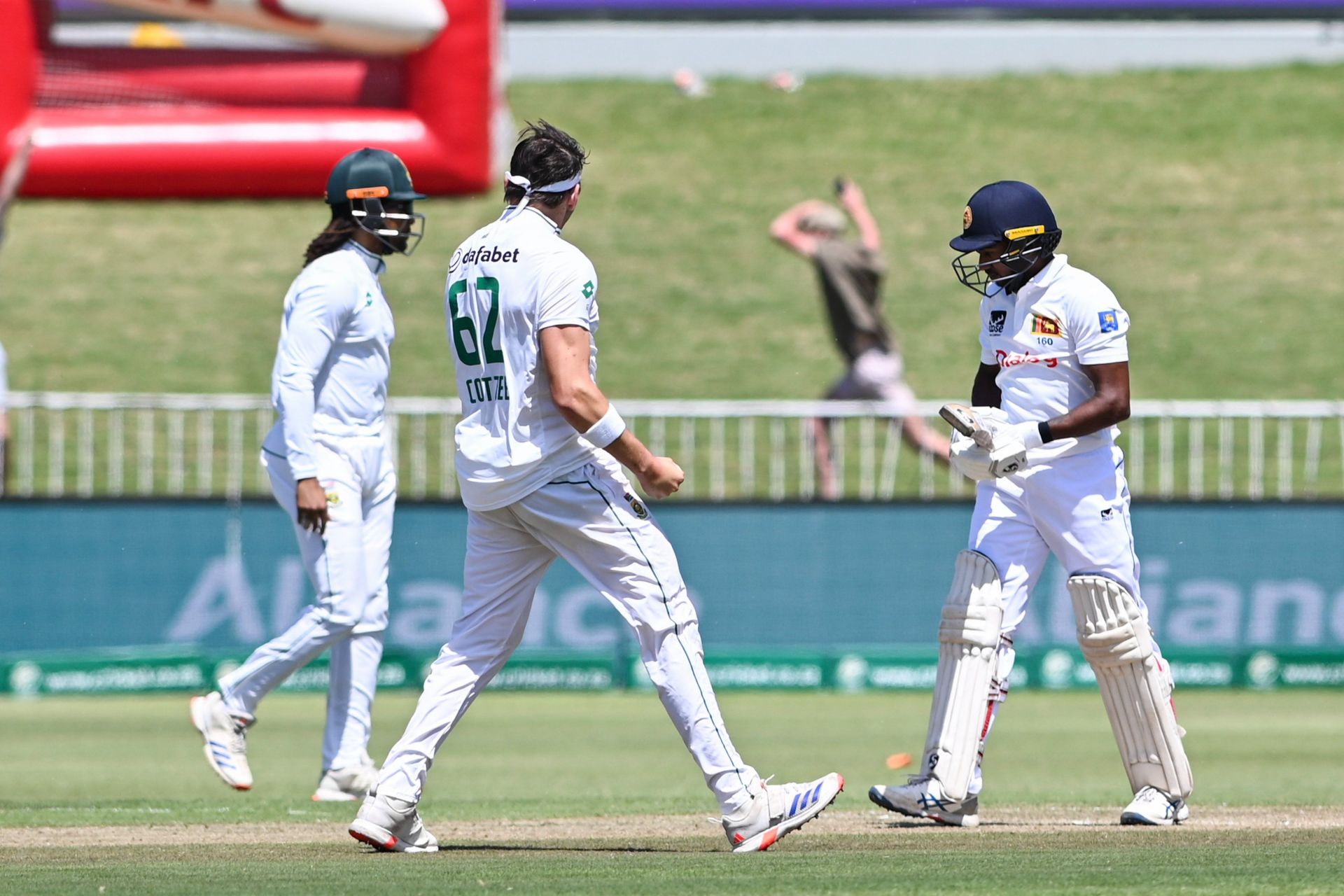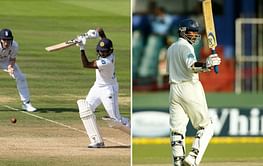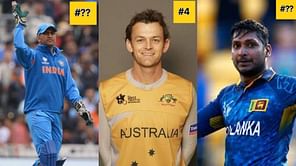Personal Information
| Full Name | Kumar Chokshanada Sangakkara |
| Date of Birth | October 27, 1977 |
| Age | 47 Years |
| Nationality | Sri Lanka |
| Height | 5 ft 10 in (1.78 m) |
| Role | Wicket-keeper, Batsman/Left handed, Right arm off break Bowler |
| Past Team(s) | |
| Family | Kumari Surangana (Mother), Swarnakumara Sangakkara (Father), Thushari, Saranga Sangakkara (Sisters), Vemindra Sangakkara (Brother), Yehali Sangakkara (Spouse), Swyree and Kavith Sangakkara (Children |
Most Recent Matches
| Match | R | BF | 4s | 6s | S/R | O | R | W | E/R |
|---|---|---|---|---|---|---|---|---|---|
| WI-M vs SL-M | 17 | 15 | 2 | 0 | 113.33 | 0 | 0 | 0 | 0 |
| ENG-M vs SL-M | 107 | 49 | 19 | 1 | 218.37 | 0 | 0 | 0 | 0 |
| SL-M vs WI-M | 47 | 42 | 6 | 0 | 111.90 | 0 | 0 | 0 | 0 |
| AUS-M vs SL-M | 2 | 5 | 0 | 0 | 40.00 | 0 | 0 | 0 | 0 |
| SA-M vs SL-M | 16 | 11 | 3 | 0 | 145.45 | 0 | 0 | 0 | 0 |
Batting Stats
View All| Game Type | Mat | Inn | R | BF | NO | Avg | S/R | 100s | 50s | H | 4s | 6s | Ct | St |
|---|---|---|---|---|---|---|---|---|---|---|---|---|---|---|
| ODIs | 404 | 380 | 14234 | 18048 | 41 | 41.98 | 78.86 | 25 | 93 | 169 | 1385 | 88 | 402 | 99 |
| TESTs | 134 | 233 | 12400 | 22882 | 17 | 57.40 | 54.19 | 38 | 52 | 319 | 1491 | 51 | 182 | 20 |
| T20Is | 56 | 53 | 1382 | 1156 | 9 | 31.40 | 119.55 | 0 | 8 | 78 | 139 | 20 | 25 | 20 |
| T20s | 267 | 260 | 6937 | 5487 | 23 | 29.27 | 126.42 | 0 | 43 | 94 | 740 | 139 | 167 | 60 |
| LISTAs | 529 | 501 | 19456 | 0 | 54 | 43.52 | 0 | 39 | 120 | 169 | 0 | 0 | 518 | 124 |
| FIRSTCLASS | 260 | 430 | 20911 | 0 | 31 | 52.40 | 0 | 64 | 86 | 319 | 0 | 0 | 371 | 33 |
Bowling Stats
View All| Game Type | Mat | Inn | O | R | W | Avg | E/R | Best | 5w | 10w |
|---|---|---|---|---|---|---|---|---|---|---|
| ODIs | 404 | 0 | 0 | 0 | 0 | 0 | 0 | 0 | 0 | 0 |
| TESTs | 134 | 4 | 14.0 | 49 | 0 | 0 | 3.50 | 0 | 0 | 0 |
| T20Is | 56 | 0 | 0 | 0 | 0 | 0 | 0 | 0 | 0 | 0 |
| T20s | 267 | 0 | 0 | 0 | 0 | 0 | 0 | 0 | 0 | 0 |
| LISTAs | 529 | 0 | 0 | 0 | 0 | 0 | 0 | 0 | 0 | 0 |
| FIRSTCLASS | 260 | 0 | 41.0 | 150 | 1 | 150.00 | 3.65 | 0 | 0 | 0 |
Popular Players
Kumar Sangakkara Videos
Kumar Sangakkara: A Brief Biography
Kumar Sangakkara Biography
If only two nearly perfect modern era cricketer is to be portrayed, then the first must be Sachin Tendulkar and for the second spot, none has better claim as Kumar Sangakkara.
Former Captain, Sangakkara, was born on 27 October 1977 in Matale, Sri Lanka. The left-handed magical batsman and the exceptional wicket-keeper was the spine of Sri Lankan national team till his retirement.
After a scintillating career of around 15 years, Kumar Sangakkara finished on second spot in ODI and on fifth spot in Tests, in the matches much less than his contemporaries.
He was probably one of the most sound batsmen and a brilliant wicket-keeper of the 21st century and his numbers vouch for him, as he amassed a huge total 14,235 and 12,400 runs in 404 ODIs and 134 Test matches.
His evergreen form and never giving up attitude helped him earn some achievements that hold valuable importance at the international level. He was adjudged as the Wisden Leading Cricketer in the World in 2011 and 2014. He won LG People's Choice Award for two consecutive years.
He was named ICC ODI Cricketer of the Year in 2011 and 2013, and ICC Test Cricketer of the Year 2012. ‘Sanga’ was also awarded with CEAT International Cricketer of the Year in 2015.
Background
Sangakkara was a multi-talented one from his childhood. Winning national colours in badminton and tennis, being a chorister, playing violin, serving as a head boy, getting prestigious awards like ‘The Trinity Lion’ and ‘Ryde Gold Medal’, were some of his early achievements and characteristics.
Sangakkara's arrival on the cricket scene was sensational. A blistering 156 against Zimbabwe A in 2000 gave a slight glimpse of his ability. He has a very consistent and boastful first class career, having 20,911 runs, 371 catches and 33 stumpings under his cap in 260 matches.
Debut
His tireless efforts in domestic cricket rewarded him with a place in the ODI squad at the age of only 22.
In July 2000, against Pakistan he played his first ODI. He was the lone warrior in the second match of the Singer Triangular series in Galle against mighty bowling attack of South Africa, for his knock of 85 runs, he won his first Man of the Match award.
He made his test debut in the same series against South Africa. He scored his maiden Test century in his tenth Test after missing out twice before by getting out in the 90s.
Rise to Glory
From a guy who used to play a sheet anchor role for his team and had limited playing shots in his book, Sangakkara swiftly evolved into an attractive batsman who has got almost every cricket shot in his arsenal.
He was always a good back-foot player and was brilliant at playing cut and pull shots. But Sangakkara made changes to his batting style and became a confident front-foot player as well. His cover-drives are still one of the best in the business though he always strived to play straight drives like Sachin.
He scored his first double-century against Pakistan in 2002, at the 2nd Asian Test Championship final. His performance helped Sri Lanka secure the Test championship. It would have been hard to agree if someone then would have said that this lad might be in the list of scoring most double century, but as it is evident, Sangakkara turned all odds and finished just one short of Bradman’s 12 - the highest.
Along with teammate Mahela Jayawardene, he recorded the most partnership runs for the 3rd wicket in Test history, scoring 5890 runs surpassing the 5826 runs of Rahul Dravid and Sachin Tendulkar, during the first Test match against Pakistan at Galle.
The two also hold the record for the highest partnership for any wicket in Test matches, scoring 624 runs for the 3rd wicket against South Africa in July 2006. This still stands as the largest partnership for any wicket in first-class cricket, anywhere.
His memorable 192 in Hobart against Australia in 2007, yet again proved that he is the mainstay of the Sri Lankan batting line-up. Part of the modern generation of wicket keeper-batsman, Sangakkara's versatility is the prime reason for his side's success. His top-notch displays are reflected in the fact that he topped the ICC test rankings towards the end of 2007, and was included in the ICC World ODI XI in 2005 and the World Test Team in 2006.
It was truly a nightmare for Bangladesh in Chittagong in 2014, when Sanga was dispatching fire from his bat. Give him any delivery and he would turn it into yet another boundary, his marathon innings of 319 runs ended as his personal best in the Test cricket.
He amassed 2868 runs in 2014, the most runs aggregated when we consider all formats of the game in a calendar year.
Captaincy
In 2009, with the experience of 80 Tests and 246 ODIs, Sangakkara succeeded Jayawardene as Sri Lanka's captain in all formats of the game.
The advent of leadership catapulted his powers even further. Sangakkara enjoyed a great deal of success at the helm, leading Sri Lanka to wins in the tri-series in Bangladesh and defeating Asian-rivals, India.
He also guided Sri Lanka to the 2011 World Cup final. However, he stepped down from captaincy, following the agonizing loss in the final, realising the importance of ushering in the new age of Sri Lankan cricket aside from sharpening his own batsmanship. The same year, he was adjudged the ICC ODI Cricketer of the Year. During his tenure as a captain, he led in 81 international matches, winning 44 and 11 without the result.
Low Points
‘Sanga’ was always known as an underrated player, though his stats deny the fact. There were some points when Sri Lankan team hit very low under the captaincy of Kumar, team failed to reach to the knock-out stage of the ICC Champions Trophy in September 2009.
The next Indian tour proved to be disastrous for the team, with Sri Lanka being beaten by India in Test series 2–0 and ODI series 3–1.
Club Career
His leadership qualities, technically sound batting skills and graceful glovework made him a sought-after player in every league his played. In IPL, he received a handsome sum of US$700,000 by KIngs XI Punjab in 2008 and US$300,000 by Deccan Chargers in 201.
Sangakkara was named the captain and icon player of the Kandurata Warriors franchise in Sri Lanka Premier League in 2012, however due to injury he withdrew himself.
In Pakistan Super League in 2017, Sanga led Karachi Kings to play-offs.
Retirement
After the World Cup held in Australia in 2015, he hung up his spiked boots from ODIs. Sangakkara was in supreme form in the World Cup. He amassed over 500 runs which included four centuries to his name and became the first batsman to compose four tons in a single World Cup. He continued to play in Tests until the series against against India in 2015. In his last Test at Colombo (PSS), he was given a guard of honour, when he walked out to bat by Indian cricketers.
He finished on second spot in ODI and on fifth spot in Tests in the ICC rankings at the time of his retirement.
In the holy quartet of Sri Lankan cricket, if Arjuna Ranatunga was the creator, Sanath Jayasuriya the destroyer, then Sanga and Mahela will be fondly remembered as the protectors.







































































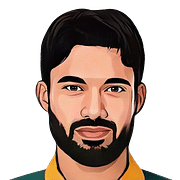

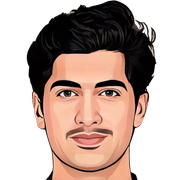













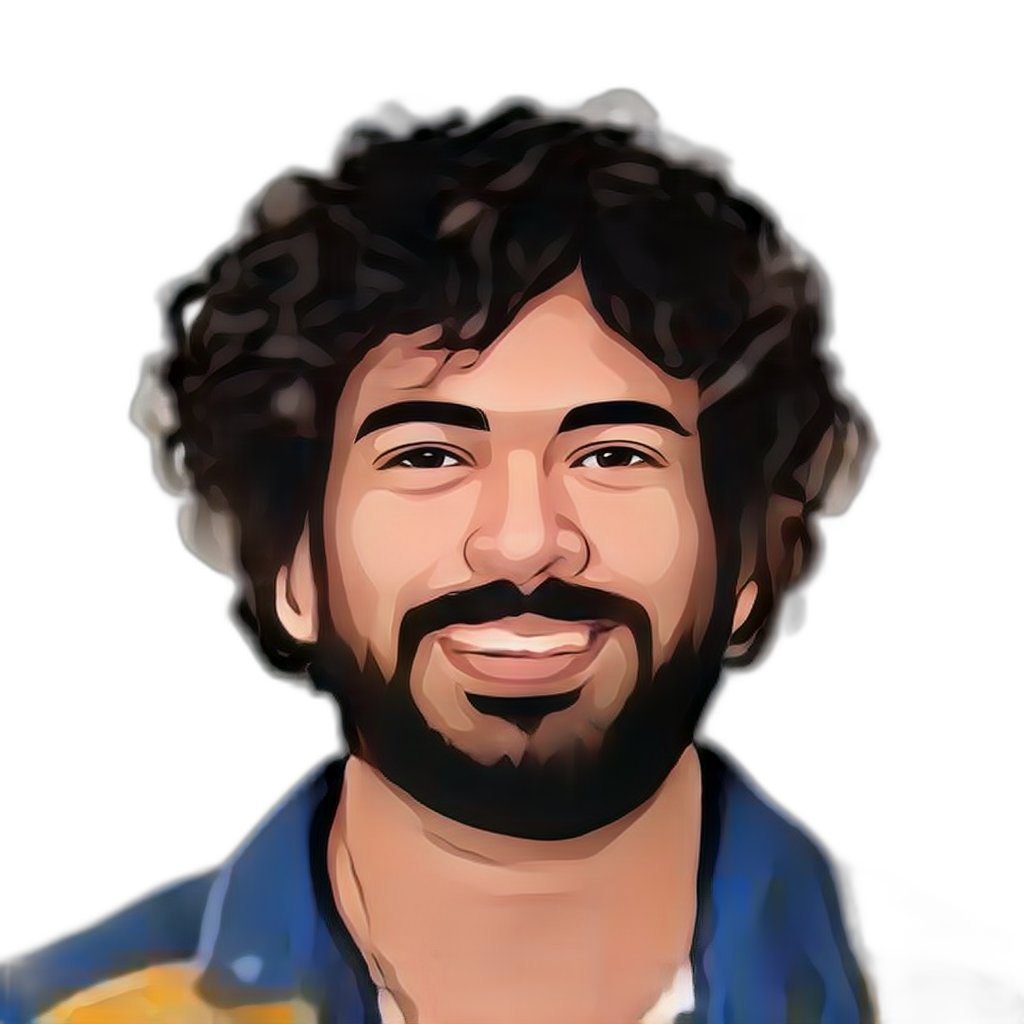
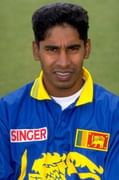










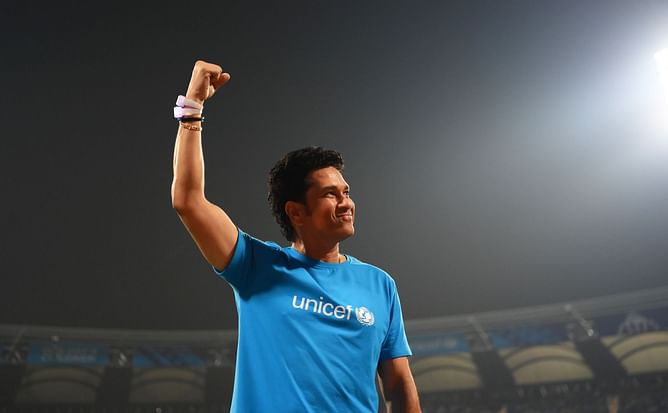
![Ed Sheeran bats against Rajasthan Royals players ahead of IPL 2025 [Watch]](https://staticg.sportskeeda.com/editor/2025/02/44bf7-17392589324734-1920.jpg?h=166)
